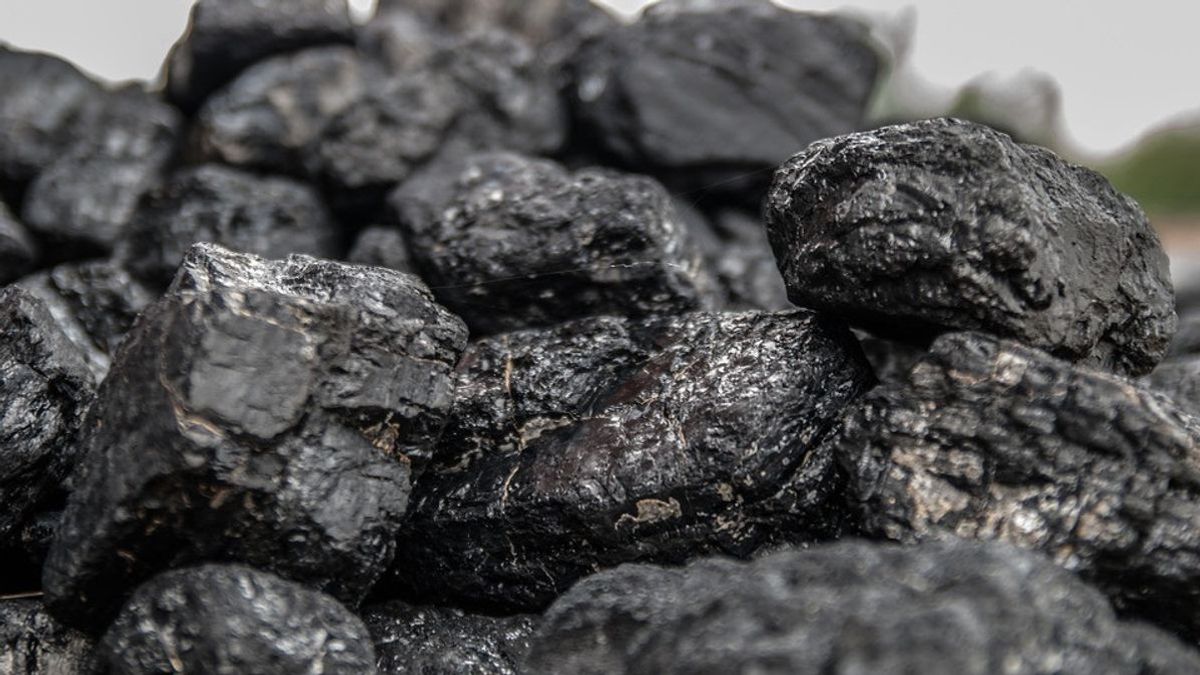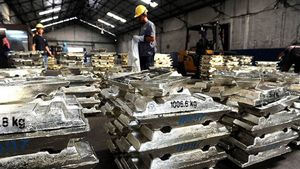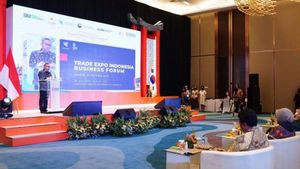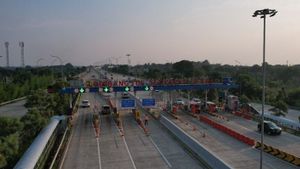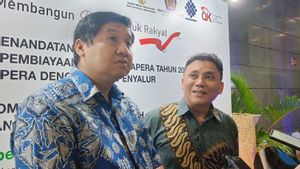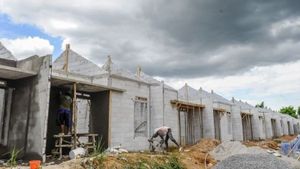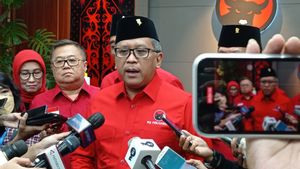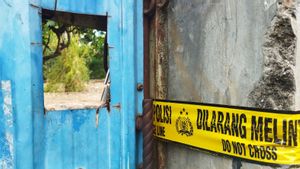YOGYAKARTA – Coal reserves in Jambi Province amount to 1.9 billion tons and are spread over several districts in the province.
This information was conveyed by the Head of the Jambi Province Energy and Mineral Resources (ESDM) Office, Harry Endria, on Sunday, October 23, 2022.
"If coal production in Jambi is 19 million tons per year, then the total reserves are 1.9 billion tons", said Harry, quoted by VOI from Antara.
Coal Reserves in Jambi Predicted to Run out in 100 Years
Harry said coal reserves in Jambi are predicted to run out in the next 100 years or 2122.
"It is estimated that coal in Jambi will only be used up in the next 100 years", he said.
He added that coal reserves in Jambi could continue to grow if new reserves were found.
Harry Endria also explained that for production in 2022, Jambi received a quota from the ESDM ministry of 42 million tons per year, but the realization until September 2022, Jambi was only able to produce 13 million tons per year.
"It is very far from the quota given by the Ministry of Energy and Mineral Resources", he said.
Coal Exploration Stages

It has been mentioned above that the coal reserves in Jambi are very large and it is estimated that they will only be exhausted in 2122. So, what are the stages of coal exploration?
Collected VOI from various sources, the following are the stages of the coal mining process.
1. Land Clearing
Land clearing is the activity of clearing coal mine land from forest material which includes trees, shrubs, and reeds.
2. Stripping Overburden
Stripping overburden or stripping the overburden is an activity that must be carried out in mining.
Overburden stripping has 2 types of material, namely soft rock and strong material. If the material is soft, then the soil can be carried out with free excavation. However, if the material is a strong material, before excavation, it must first be demolished using blasting.
3. Overburden Removal
The next stage is overburden removal. Its activity is to move demolition material from digging tools (backhoe and shovel excavators) from the loading site to the planned stacking/disposal area.
4. Coal Cleaning
This stage aims to clean the surface of the coal which is coated by other materials in the form of remaining overburden and settling agents such as; surface water, rainwater, and landslides.
This coal cleaning can produce quality and clean coal seams. The process is carried out by an excavator equipped with a cutting blade on the outside of the bucket nail.
5. Coal Getting
Coal getting is the process of taking clean coal and filling coal into transportation equipment. Next, the coal will be transported to the stockpile. In this process, 320DL and 390DL excavators can be used.
6. Coal Hauling
The next stage is coal hauling or coal transportation. This transportation is carried out from the mine site to the stockpile or directly to the processing unit.
Coal transportation is carried out using heavy equipment such as Dump Trucks of the type Mercy N or Mercy O, Caterpillar types 775F and 740B.
7. Crushing
This process aims to change the size of the coal from a large size to a smaller one. This process uses a tool called a crusher.
8. Preparation
Preparation is the separation process between clean coal from impurities.
9. Coal Barging
Coal barging is the process of moving coal from the stockpile to the barge using a barge loader conveyor or using a dump truck.
10. Transshipment
What is meant by Transshipment is the process of transferring coal to a large ship (mother vessel).
This is information about coal reserves in Jambi and the stages of exploration. May be useful!
SEE ALSO:
The English, Chinese, Japanese, Arabic, and French versions are automatically generated by the AI. So there may still be inaccuracies in translating, please always see Indonesian as our main language. (system supported by DigitalSiber.id)
